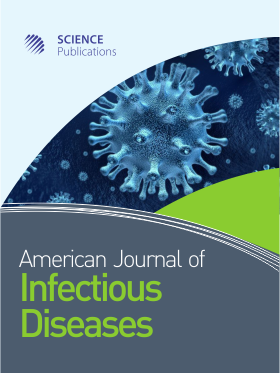In Silico, In Vitro and In Vivo Assessment of Safety and Anti-inflammatory Activity of Curcumin
- 1 Laila Impex R and D Centre, India
- 2 Indian Institute of Technology, India
Abstract
Problem statement: Curcumin the active component of turmeric is known for its wide biological actions. Extensive studies on curcumin highlighted its anti-inflammatory, anti-oxidant, anti-microbial, anti-carcinogenic and anti-coagulant activity. The anti-inflammatory activities of curcumin have been demonstrated both in vitro and in vivo. Though curcumin and its anti-inflammatory properties are well documented, the exact mechanism of action and effective in vivo dosage required for potential anti-inflammatory activity of curcumin are yet to be determined. The current work reflects in identfying the the role curcumin in the inflmmatory cascade and arriving at an optimal effective dose (ED50). Approach: The objective of the current study is to understand and establish the role of curcumin in the treatment of inflammatory condition, through in-silico, in-vitro and in-vivo studies. The specificity and binding affinity of curcumin to major inflammatory mediators such as, cytokines/chemokines, signaling proteins and transcription factors were evaluated using molecular docking. Subsequently, in-vitro experiments were conducted to establish the role of curcumin in reducing the release of histamine and β-hexosaminidase form U937 human monocytes cell lines. Further, the Effective Dose (ED50) of curcumin was established for its potent in vivo anti-inflammatory activity. Results: Our study confirmed a strong affinity of curcumin to various inflammatory mediators (ERK, PKC, P38 MAP Kinase, NFkB and Lipoxygenase). Curcumin when studied for its affinity towards chemokines/cytokines and TNF-α was found to be ineffective. Proportionate reduction in histamine and β-hexosaminidase release in U937 cells in vitro and inhibition of paw edema in carrageenan induced inflammation in rats affirmed the dose dependent anti-inflammatory activity of curcumin. This in vivo study elucidated the ED50 value to be 570.6 mg kg-1 body weight for curcumin, which apparently shall be the potent dose to screen its anti-inflammatory activity. Conclusion: Overall results suggest that, curcumin mediates its anti-inflammatory activity by its direct effect on multi-target inflammatory mediators while others were mediated by the downstream effects of curcumin. Curcumin can be a potent molecule in treatment of various diseases associated with inflammation, with its multi-target potency and high safety profile.
DOI: https://doi.org/10.3844/ajidsp.2012.26.33

- 5,592 Views
- 4,859 Downloads
- 38 Citations
Download
Keywords
- Safety profile
- multi-target potency
- anti-inflammatory activity
- dosage required
- though curcumin
- docking studies
- immunologic release
- inflammatory mediators
- paw edema
- protein kinase
